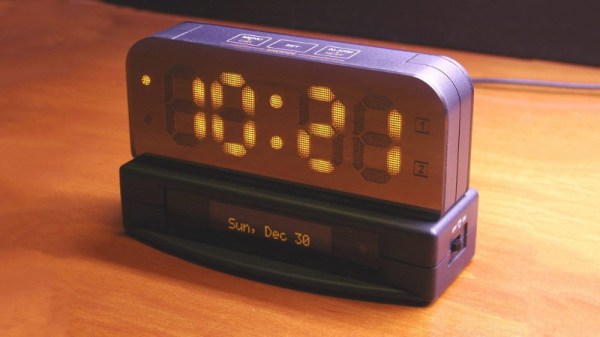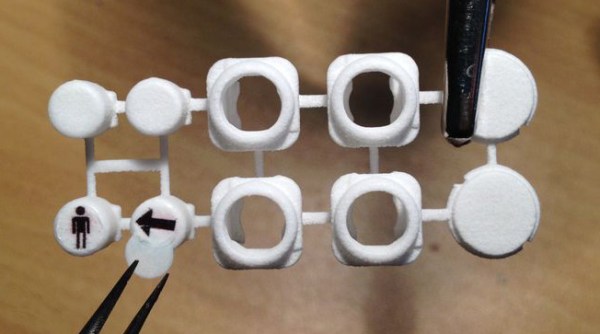One of the earliest hobbyist-friendly on-demand 3D printing and fabrication shops, Shapeways, is filing for bankruptcy. As these financial arrangements always go, this may or may not mean the end of the service, but it’s a sure sign that their business wasn’t running as well as you’d hope.
One of the standout features of Shapeways was always that they made metal printing affordable to the home gamer. Whether it was something frivolous like a custom gear-shifter knob, or something all-too functional like a prototype rocket engine, it was neat to have the alternative workflow of iterative design at home and then shipping out for manufacturing.
We don’t want to speculate too much, but we’d be surprised if the rise of similar services in China wasn’t part of the reason for the bankruptcy. The market landscape just isn’t what it was way back in 2013. (Sadly, the video linked in this article isn’t around any more. If anyone can find a copy, post up in the comments?) So while Shapeways may or may not be gone, it’s not like we can’t get metal parts made anymore.
Still, we’re spilling a little for the OG.
Thanks [Aaron Eiche] for the breaking news tip!























